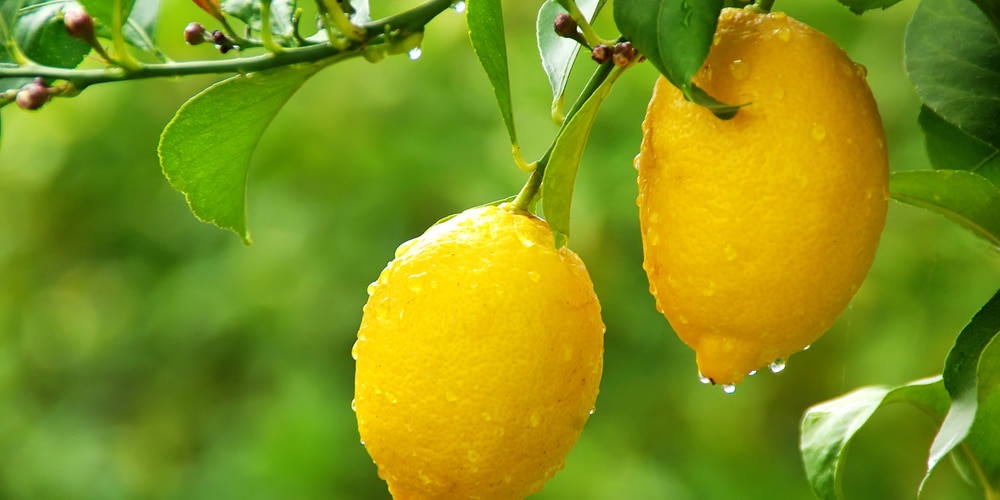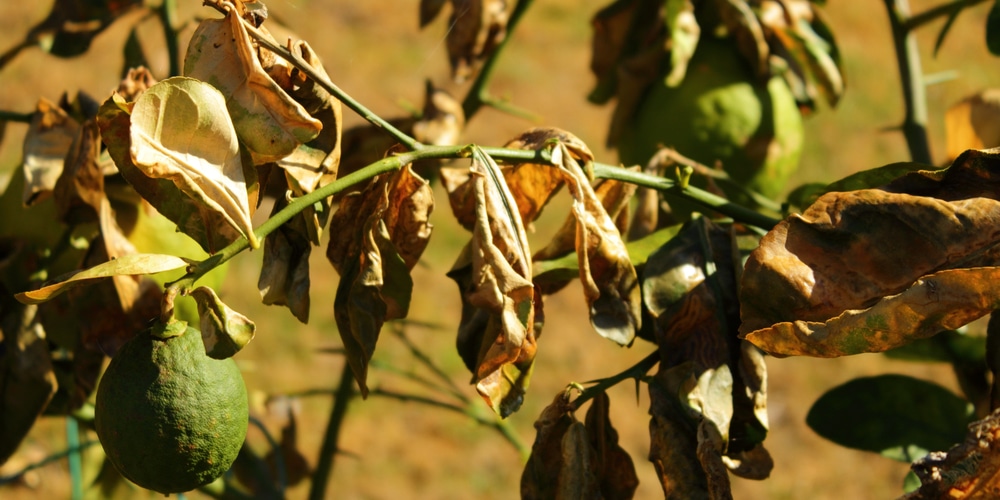Growing a lemon tree can be incredibly satisfying. With the proper care, you’ll enjoy plenty of juicy lemons, which will surprise you with their pleasant flavor. You’ll realize that home-grown lemons have nothing to do with those you buy at the supermarket!
However, as with any plant you decide to add to your garden, you must familiarize yourself with your lemon tree’s needs and requirements. Doing so will help you grow a thriving plant.
But things might not always go as you expect. And as disappointing as it may be, your lemon tree might display yellow leaves. But don’t worry!
Here we collected all you must know to identify the issue (and solve it)! So, keep reading this “lemon tree yellow leaves” essential guide to discovering everything you must know about how to revive a lemon tree!
Lemon Tree Leaves Turning Yellow: All You Must Know
Lemon trees aren’t particularly challenging to grow (if you plant them in a suitable climate and take proper care of them). After all, they are least likely to get attacks from pests and diseases when you compare them to other fruit trees. However, if you don’t meet their growing requirements, your plant will suffer and stop producing its delicious fruits.
Usually, discoloration on the tree’s foliage is the symptom of issues caused by overwatering or a nutrient deficiency. But there can be more. We collected some of the causes in this section, so read on!
Nutrient Deficiencies
Lemon trees are not heavy feeders but require plenty of nutrients to thrive. One of the first symptoms of malnutrition is the yellowing of the plant’s leaves. To prevent this, you must apply a citrus fertilizer twice a year: in the spring and summer.
Follow the instructions on the product’s label to avoid harming your plant. Also, don’t forget to water your lemon tree after the treatment application to increase absorption (and, therefore, the efficacy). Suspend the application of any product during the winter when your plant goes into dormancy.
Many lemon trees whose leaves turn yellow suffer from iron deficiencies. So, if the situation doesn’t change when applying a citrus fertilizer, consider doing a soil test. If the substrate is lacking in iron, get a supplement.
Inadequate Watering
Regularly water your lemon tree (without overdoing it) to keep it healthy. Because lemon trees do better in warm environments, they tend to dry faster than other plants.
But too little water cause causes the tree to fail to absorb the nutrients necessary for its growth. And one of the first symptoms of this problem is the yellowing of your tree’s leaves. Of course, to ensure adequate watering, you must plant your tree in suitable soil, which should be well-draining and aerated.
Also, avoid overwatering (which may also result in foliage discoloration) by feeling the substrate with your fingers before adding extra moisture. If the soil doesn’t feel dry, wait a couple of days before watering your plant.
Low Temperatures
Lemon trees need Mediterranean climates to thrive. They have a low tolerance to cold temperatures, so you must protect your plants in the winter. Consider adding a thick layer of organic mulch around your plant to prevent it from suffering thermal shock.
Indeed, mulching can be an excellent insulator. Also, don’t forget to shelter your lemon tree from strong winds. When temperatures are low, your lemon tree will struggle to absorb nutrients. And in turn, it will show its issues by displaying yellow leaves.
Attacks from Pests
We said that lemon trees aren’t susceptible to many attacks from pests. But this doesn’t mean it is free from the issue! You should always keep an eye on your plant and check for the presence of bugs (especially mites and aphids). Insects might affect your plant’s health and cause plenty of problems. Look at the undersides of the leaves and stems of your plant: many bugs usually “hide” there!
If you notice something off with your plant, take prompt action! Getting rid of pests is much easier when the situation isn’t too drastic. Additionally, don’t forget that preventing is often better than cure.
If you already had issues with bugs, consider spraying your plant with neem oil to minimize future attacks. Also, you can eliminate most insects (when there isn’t an infestation) by drowning them with a hose.

